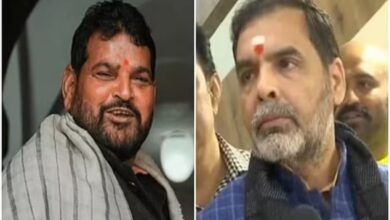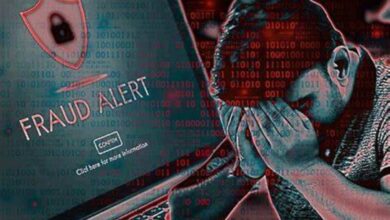How Virtual Reality (VR) tech may help heritage preservation efforts in India
India is a nation of history and tradition. Historical monuments are strong reminders of India’s rich historical past. However, the country is losing its thousands of years old cultural heritage sites rapidly.
The ASI (Archaeological Survey of India), which is the nodal body entrusted with archaeology, hasn’t been very successful in the upkeep of more than 3600 historical monuments, 100,000 rare books, etc. that come within its ambit. The institution follows outdated methods of preservation and conservation. However, the fruits of modern technology including Virtual Reality can be utilized for the preservation of the country’s cultural heritage.
From Archaeology into Virtual Archaeology through VR
With data visualization and virtual reconstruction, archaeology institutions can provide the general public with a real-life perception of how a historical monument or structure may have appeared hundreds of years back—adding a fascinating angle to the ruins and even the partially preserved ones. in fact, virtual archaeology can reignite interest in the science and practice of excavations of the past. This should lead to greater public and institutional interest in the well-being of our historical relics. The technology particularly suits sites which were completely destroyed.
“Increasingly termed virtual archaeology, latest Virtual Reality tools and software help archaeological institutions capture digital information and store, collaborate, share, and display data. Data would include high-definition videos and photos, aerial footage, and laser scans. All that can be analyzed for better insights into problems and challenges facing archaeology,” said Brajesh Sachan, CTO, Deskera.
Integrated Virtual Reality tools can lead to collaborative efforts
Looked at practically, a digital resurrection of the past can lend immense support to ruins such as those in Nalanda (Bihar) or the hundreds of forts and tombs in Delhi that can be brought back to life virtually through the use of three-dimensional laser projection. Such techniques can play a crucial role in facilitating future monument restoration work as well.
Virtual Reality technology like laser scanning or high-definition imaging can create accurate three-dimensional representations of heritage sites. That could be the next best thing for archaeology enthusiasts
Modern cutting-edge tools such as Google Cardboard and other developing technologies can make the exploration of historical monuments a joy ride, much to the astonishment of the public. Moreover, high-resolution VR visualizations can be viewed across geographical locations. Additionally, access to archived and digitized historical data can lead to a virtual library that can be accessed by researchers all over the world, thus, bringing archaeologists on a single unified digital platform




